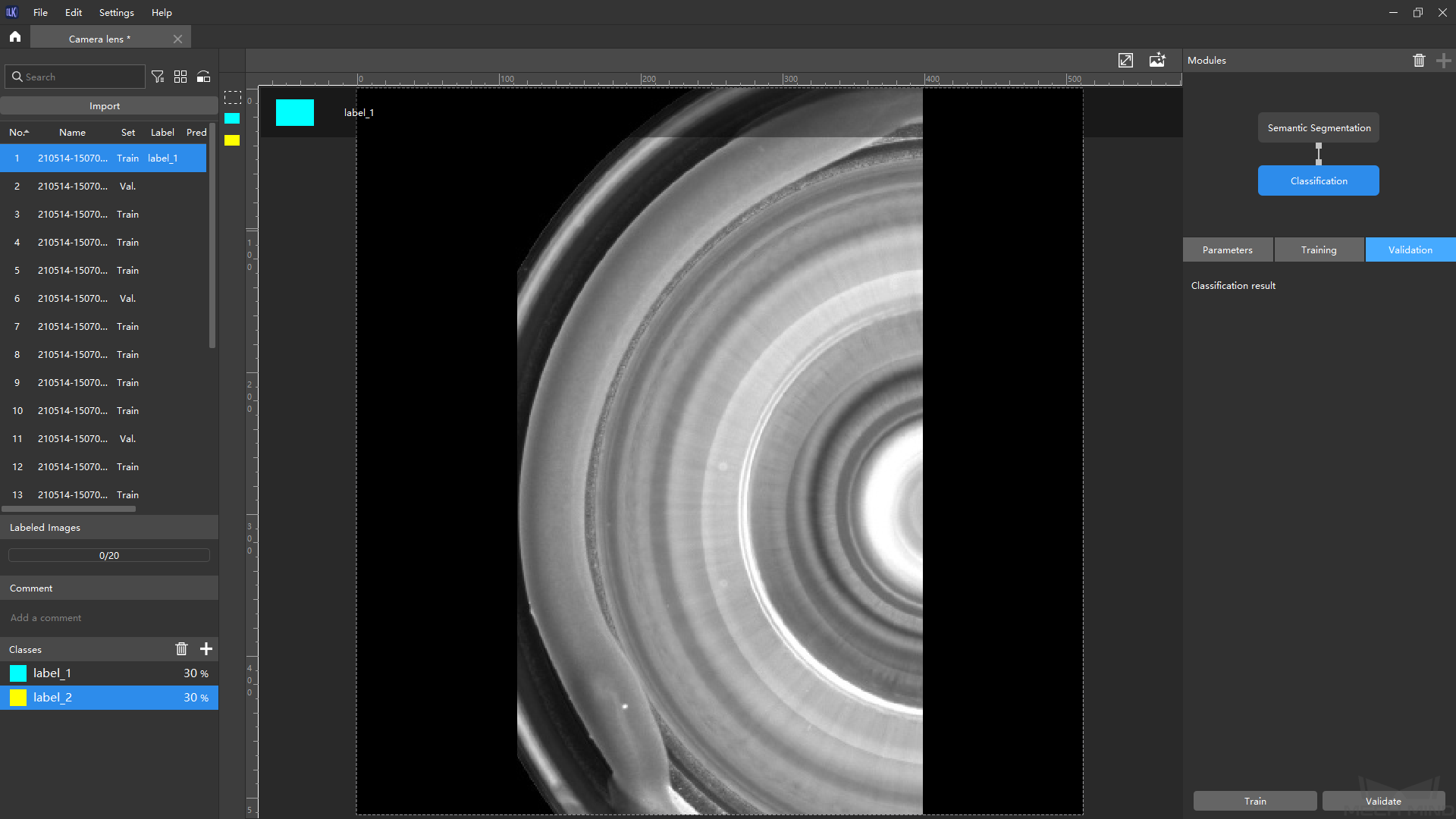Quick Guide to Deep Learning¶
Definitions¶
Deep learning means solving problems by learning the features of data.
Data collection and labeling: Take pictures of the objects that need to be recognized and then label the features that need to be recognized in the pictures.
Model training: Train a deep learning model on the object features from the images and labels and save the trained model as a file.
Application: Apply the model to recognition problems in actual project scenarios with input data similar to the training data.

Figure 1. The process from data collection to application of a deep learning model¶
Usage¶
What problems can deep learning solve?
For different problems, the deep learning products developed by Mech-Mind Robotics provide different solutions:
Typical Applications |
|
|
|
Functions |
|
|
|
Attention
Different deep learning algorithms have different specialties, which are not mutually exclusive. Whether to select one algorithm or a combination of algorithms depends on the actual requirements of a project.
Application Process¶
Step 1. Environment configuration: Please see Environment Configuration for details.
Step 2. Data preparation: Collect, label, and review the data.
Ensure that the image data required for deep learning is collected under conditions completely consistent with the actual application scenario.
Select the algorithm according to the project requirements and label the dataset by the rules.
Review whether there are incorrectly labeled data (Mech-DLK helps efficiently prepare the dataset required for training).

Figure 2. Labeling data in Mech-DLK¶
Step 3. Training: Use the labeled data to train the required deep learning model in Mech-DLK. Please see Mech-DLK Quick Start for details.

Figure 3. Training a deep learning model in Mech-DLK¶
Step 4. Evaluate the training effect: Use the reserved test set to verify whether the model’s performance meets the requirements.
Step 5. Application: The tested model that meets the project requirements can then be used in the actual project.